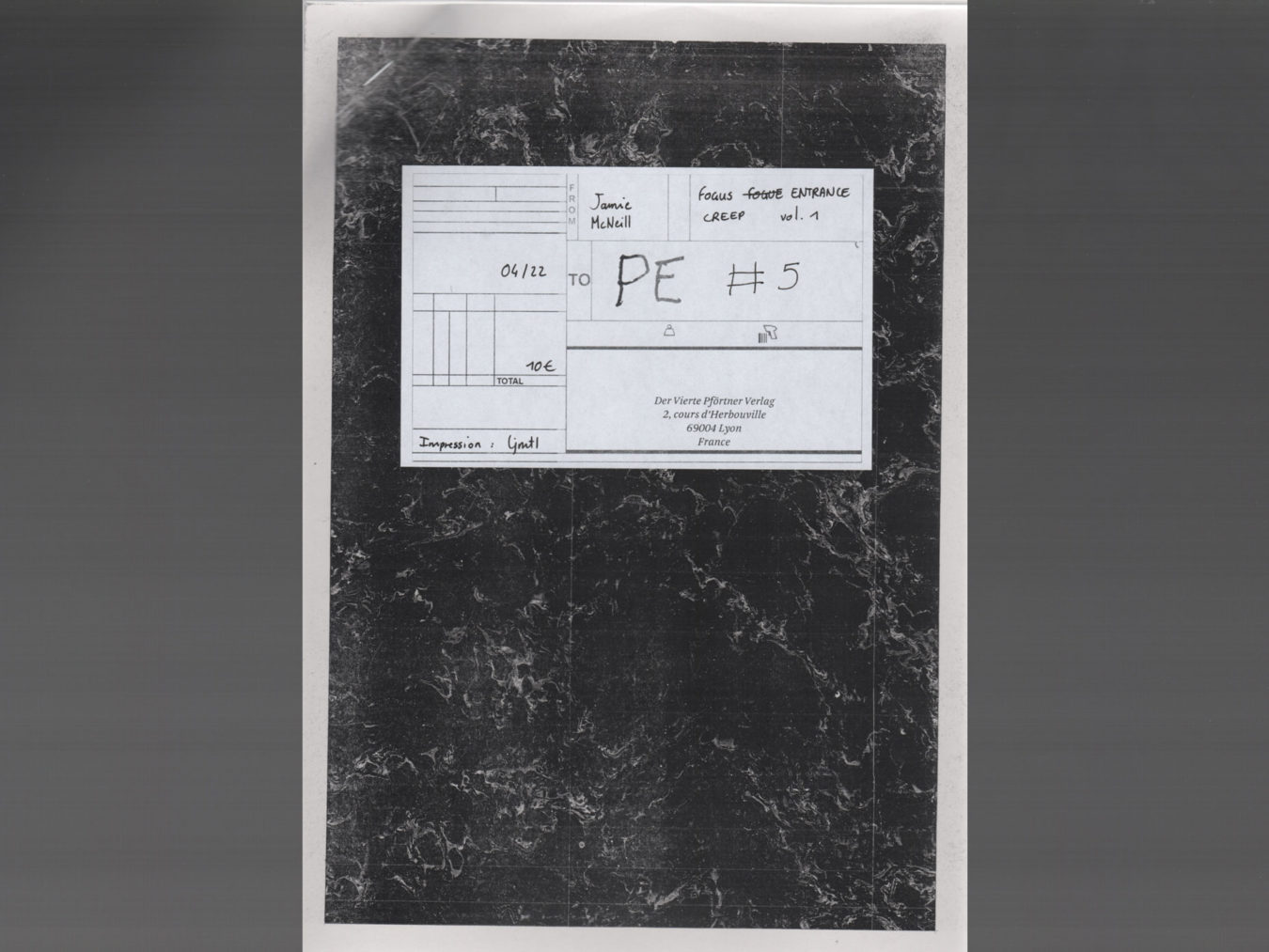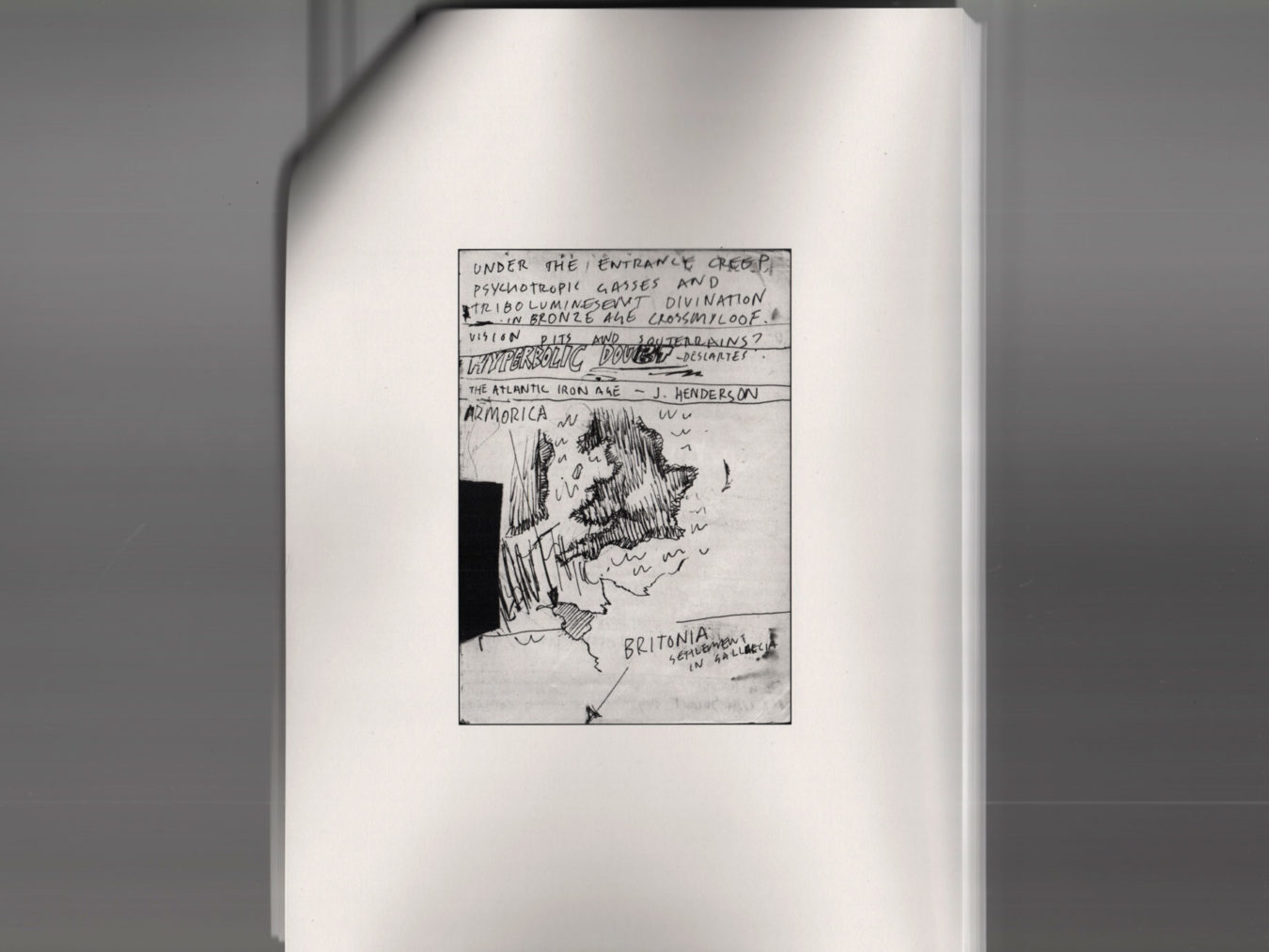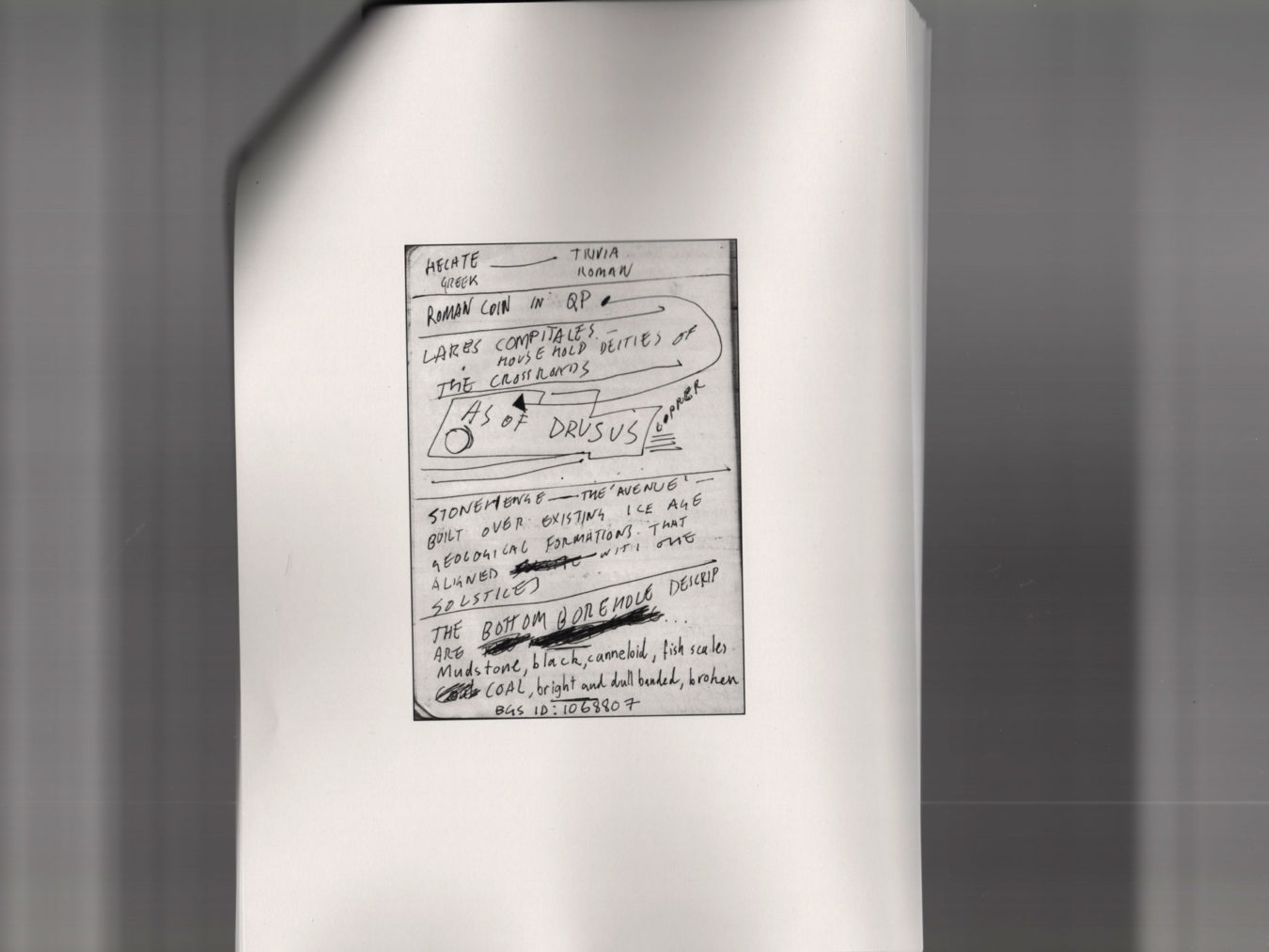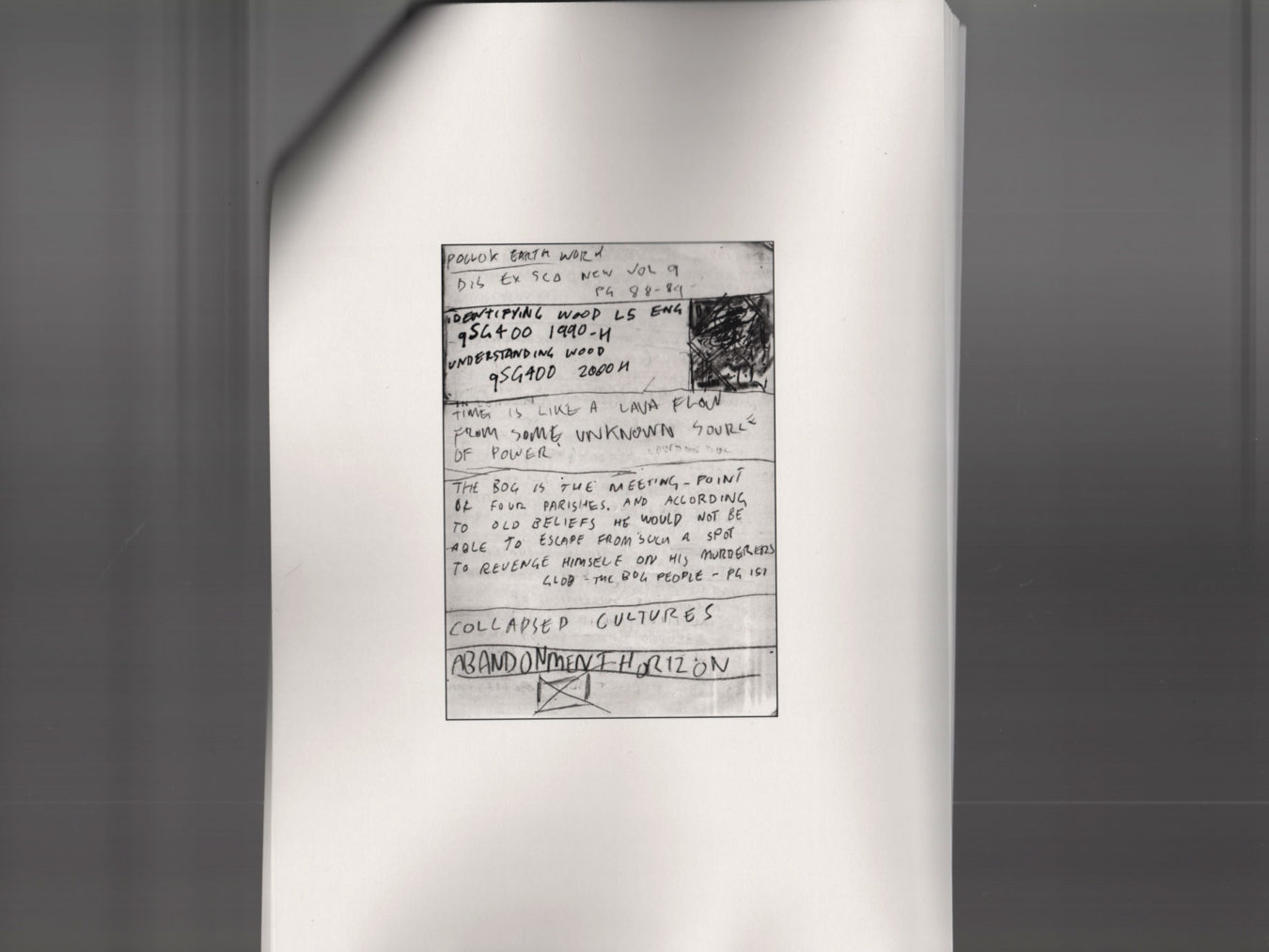Title-Product |
PE #5 - Fogus Fogue Entrance Creep vol.1 |
|
|---|---|---|
Participation |
Artistes |
Jamie McNeill |
Contributions |
X |
|
Direction de publication |
Jonas Delaborde |
|
Graphisme |
Jonas Delaborde |
|
Maison |
Der Vierte Pförtner Verlag |
|
Coedi - Coprod |
LJMTL |
|
Identification |
Ville |
Lyon |
Date |
Avril 2022 |
|
Langue |
Anglais |
|
Tirage |
60 |
|
ISBN |
X |
|
Caractéristiques |
Dimensions |
21 x 29,7 cm |
Nombre de pages |
30 |
|
Impression |
Laser noir |
|
Reliure |
Agrafe |
|
Commentaire |
X |
|
Price - Livre |
10€ |
|
WARNING FOR INTERNATIONAL SHIPPING : The “livre et brochure” option is a special offer by the french postal service for the international culture diffusion. In return for a lower cost, parcels can’t be tracked and it might take more than a month to be delivered. It works very well most of the time. However, if you want a more secure shipping, please contact me at anna(at)ljmtl.fr, I will give you the usual shipping cost depending on the delivery country.
Fogous Fogue Entrance Creep; a preface.
“Proceeding, further, I am met with a whole gang of words and
phrases not mine, for he hath maimed them, and, like a sly
depraver, mangled them in this his wicked limbo.”
John Milton
“Thus instead of the skyscraper, projected ‘earthscrapers’ beckon,
shining badger’s setts, a rescuing cellar city.”
Ernst Bloch
The amalgam of scribbled data that fills the pages of Fogous Fogue Entrance Creep is reproduced from a 2012 notebook whose contents record a research project focused on an underground chamber unearthed in Glasgow by builders in 1895. Nothing remains of this discovery save some fragments in the textual record – cursory notes and measurements taken by the engineers onsite and a handful of newspaper clippings. The most obvious corollary to the chamber in existing archaeology would be the subterranean Iron Age buildings scattered across Atlantic Europe known variously as earth or pecht houses, weems, souterrains or fogous. Mysterious structures whose use remains subject to speculations ranging from the mundane: store houses for grain, animal enclosures, defensive hideouts, to the fantastical: sites of divinatory ritual, solar aligned representations of the earth goddess ‘seeded’ by penetrative shafts of midsummer light.
The contents of the notebook are comprised of descriptions of the underground chamber, with specific reference to records kept at Historic Environment Scotland / geology of the chambers locale with special attention given to borehole records / history and archaeoolgy of the territory / the local climate and environment during the bronze age, a hazy mosaic of wetland, bogland and mire – the ‘use of’ and ‘interaction with’ similar environments by
prehistoric communities / the liminality of boundaries, thresholds and crossroads (the chamber sits at a point in the landscape where three ancient parishes meet) and their interpretation in mythological and folkloric sources / an epistemology and historiography of subterranean spaces / various redundant trajectories and research cul-de-sacs.
The temptation when looking back on a project from a distance of ten years is to redact, edit, explain and perhaps even apologise, but in the words of Georg Lukács perhaps ‘(it) would be departing from the truth if I were to attempt to iron out the glaring contradictions of that period by artificially constructing an organic development and fitting it into the correct pigeon-hole’.
Jamie McNeill, Langside, June 2022.




